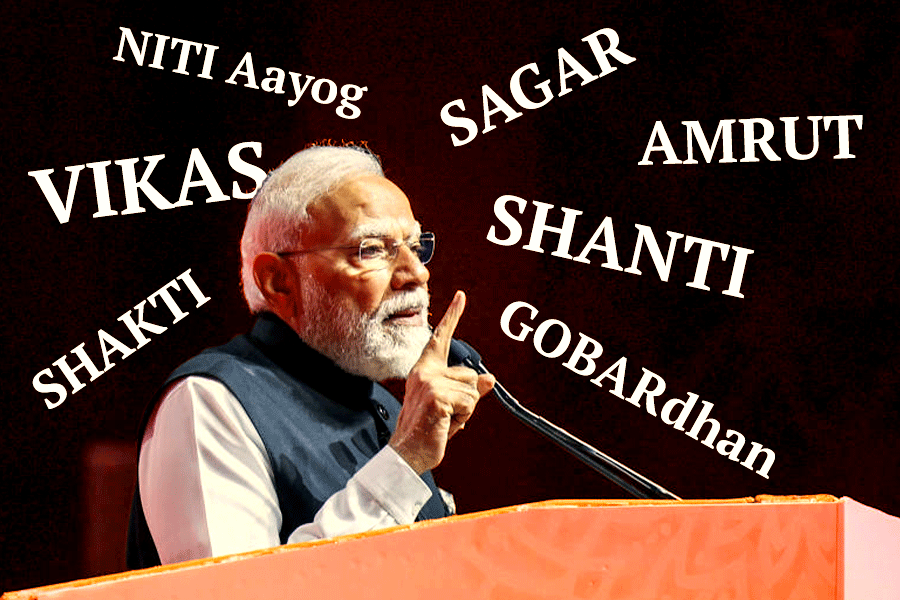Book: The Truth Pill: The Myth Of Drug Regulation In India
Author: Dinesh S. Thakur and Prashant Reddy T
Publisher: Simon & Schuster
Price: ₹699
As society develops, it also becomes more complex, with increased specialisation in different fields. This is a problem for democracy because our ability to hold our representatives accountable depends on our capacity to understand how they are dealing with increasingly technical areas of governance. This phenomenon can be seen quite plainly in walks of life like finance, law, climate and environment, technology, civil engineering, and various aspects of consumer protection. It is increasingly easy for governments to come up with excuses for their failures if citizens do not have the tools to question them. This should clarify the significance of books like Dinesh S. Thakur and Prashant Reddy T.’s The Truth Pill: The Myth of Drug Regulation in India.
Public health and medicinal drugs are not only highly technical and inaccessible areas of knowledge, but they are also areas of regulation that seriously impact our well-being and our very lives. Like it or not, we are all haunted by conditions that affect our health: ordinary colds and infections, long-standing conditions like diabetes or asthma, communicable diseases, significant events like injuries or pregnancy, debilitating and terminal illnesses and much more. We regularly take medicines for these things.
You would think that the regulatory framework overseeing the manufacture and sale of these products would be a top priority for any government. Such a framework should be up to date on developments in the field and tightly scrutinised for loopholes that allow for ineffective medicines or those that cause immediate or long-term side effects, severe reactions, or even death. Unfortunately, the story recounted in The Truth Pill shows that this is not the case in India.
The initial chapters of the book set the context on how modern medicine evolved and how far it has been taken up in India. The book then provides a holistic view of our drug regulation framework, with each chapter examining a different aspect. The prosecution and punishment of drug-related offences, the standards to which manufacturers are held, the method of approving new drugs, the approvals for generic drugs, traditional medicines from ayurveda and unani, the state of Indian pharmacies and supply chains, regulations for advertisements and promotions — each of these aspects comes under the scanner and is found to be severely lacking.
The entire chain, from approval to manufacture to sale to enforcement, is riddled with issues like loose and outdated standards, lax approval practices, legal loopholes, underequipped labs, weak prosecution policies, lenient punishments and exceptionalism. For a ready example of the system’s failures, readers need only look to the death of 66 children in The Gambia that has been tied to a contaminated cough syrup from India. There have been five cases of poisoning from the same contaminant before!
Despite this, the government remains incorrigibly combative regarding criticism. Its regulatory bodies face issues related to independence and federal constraints as well as concerns regarding capacity and expertise. Pressure from different industry groups and concern for wider access to medicines further complicate the matter.
Researching and communicating the details of regulatory governance in a technical field are not easy tasks, but the authors have gone to great lengths to collect persuasive data and explain technical concepts where required. Inadvertently, the book offers a ready guide to the problems of regulation in India even in other fields. The detailing of information can mean that the text drags in a few parts, but the critical problems discussed make the book compelling for anyone remotely interested in public health. We have urgent reasons to mind the medicines we take in India.










